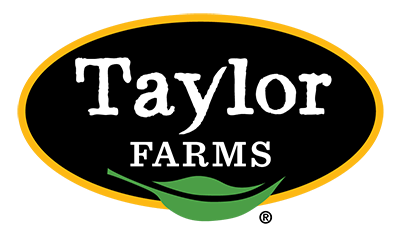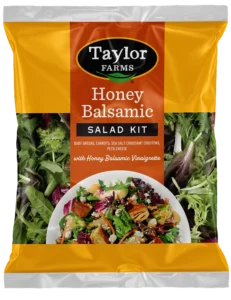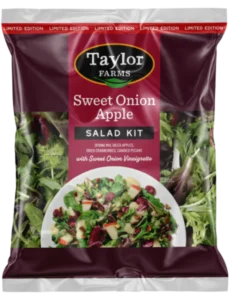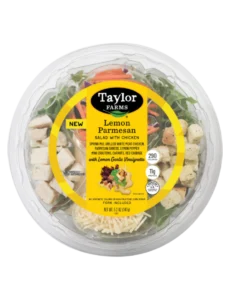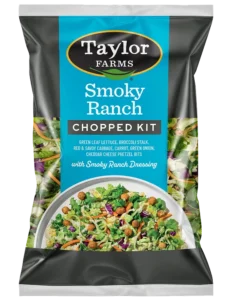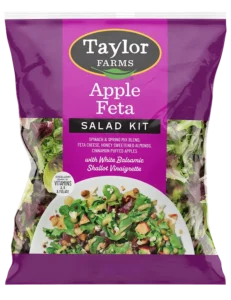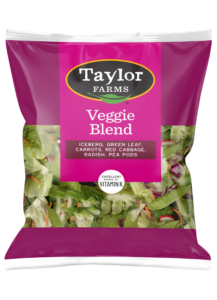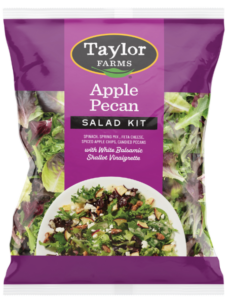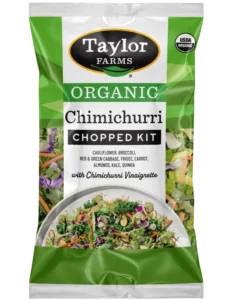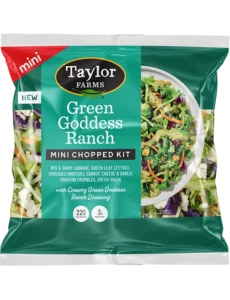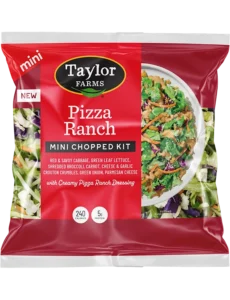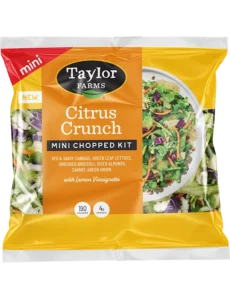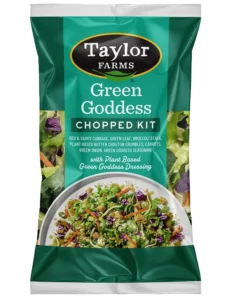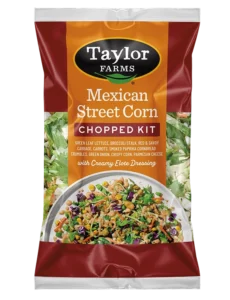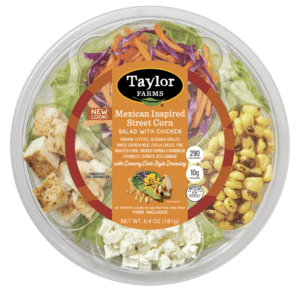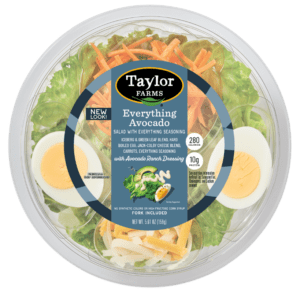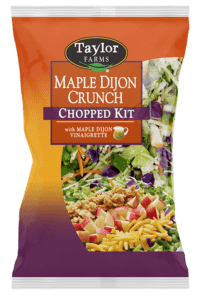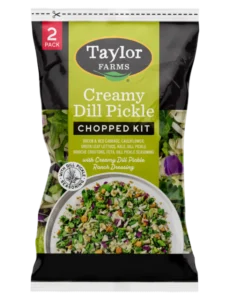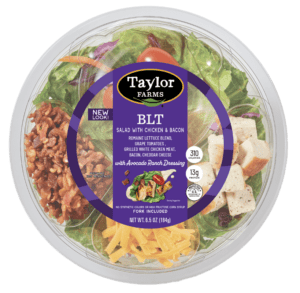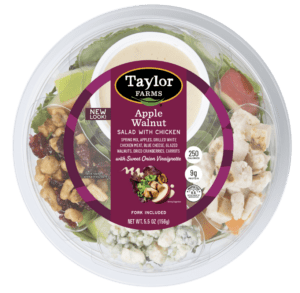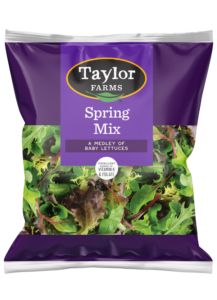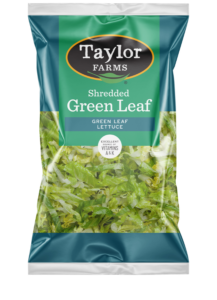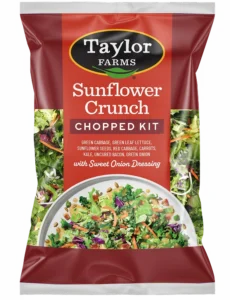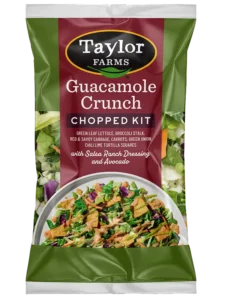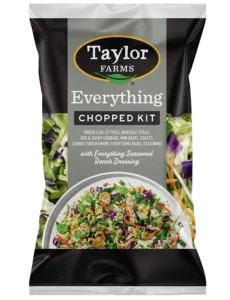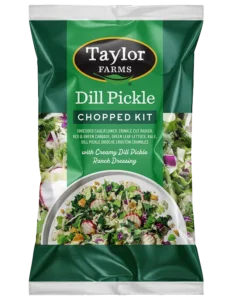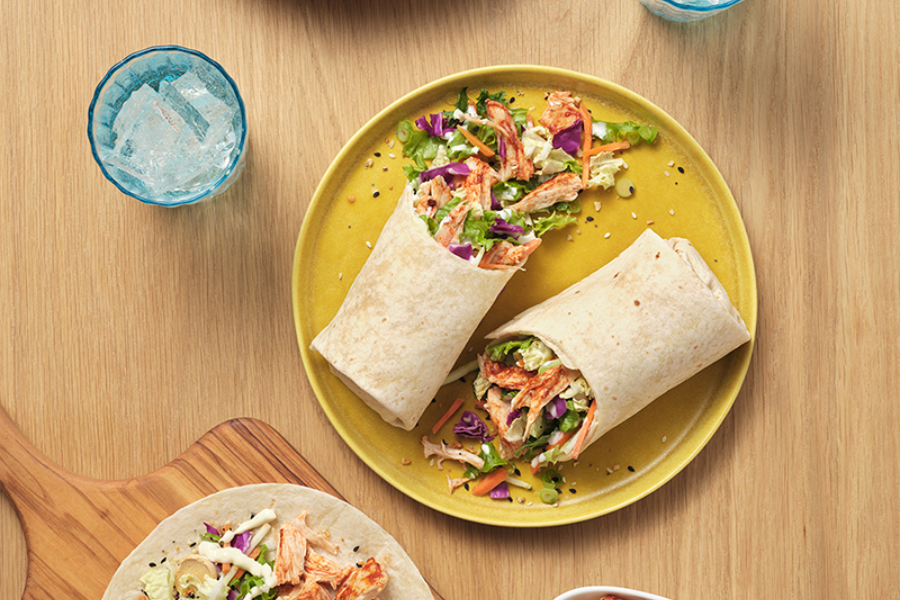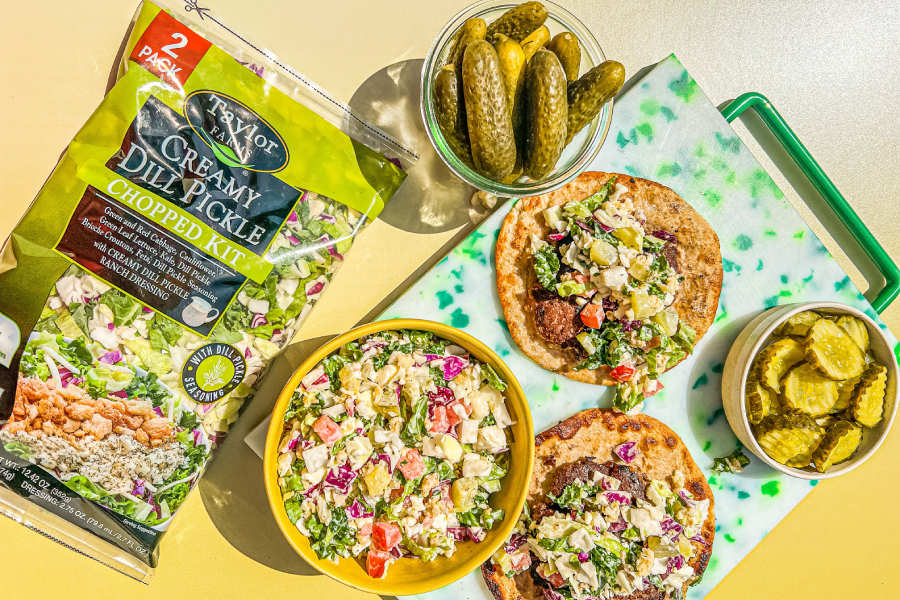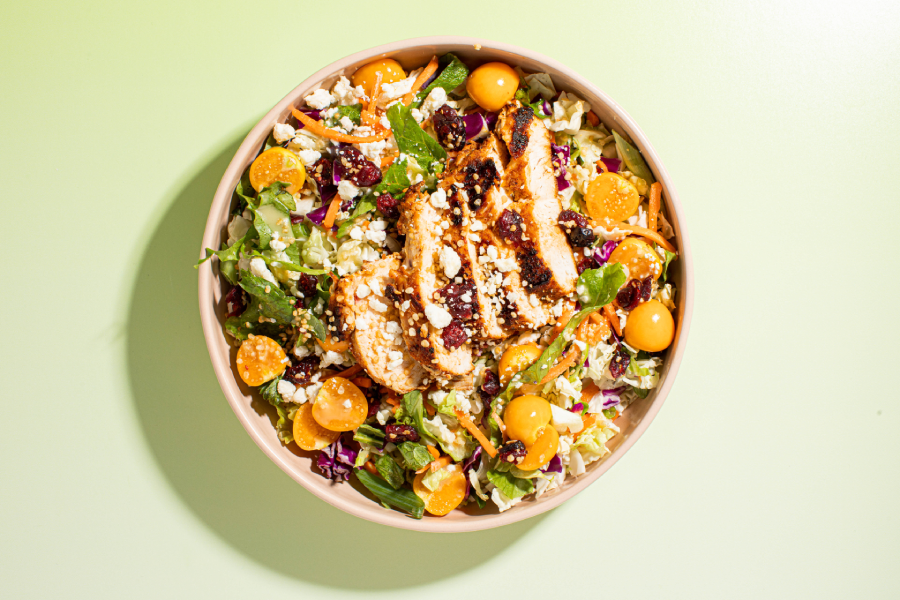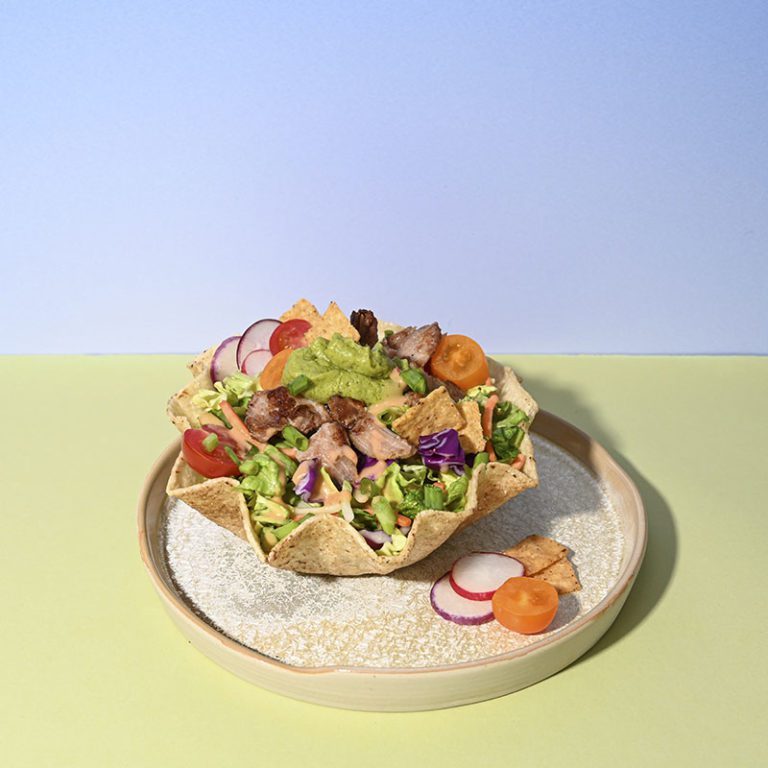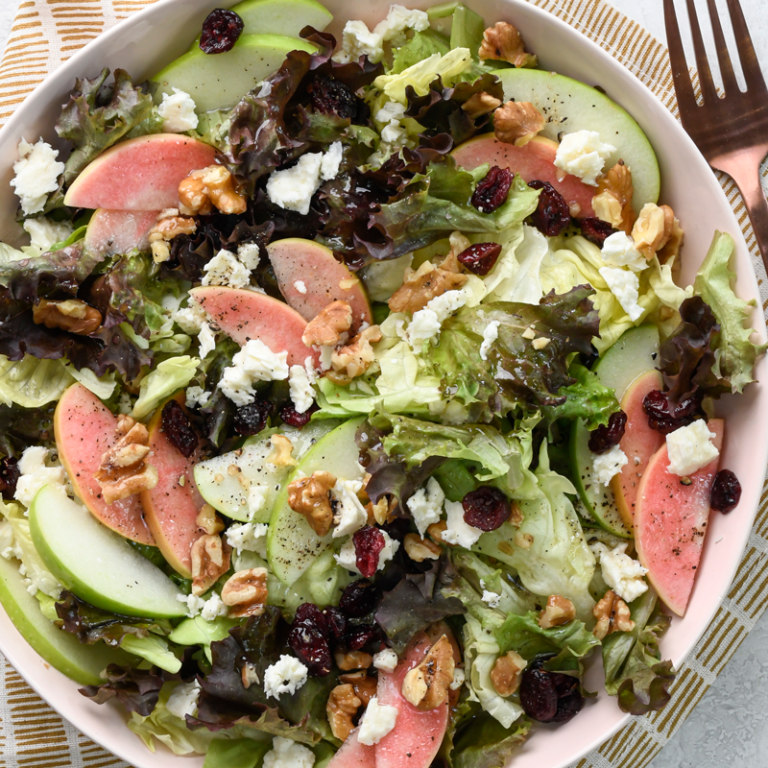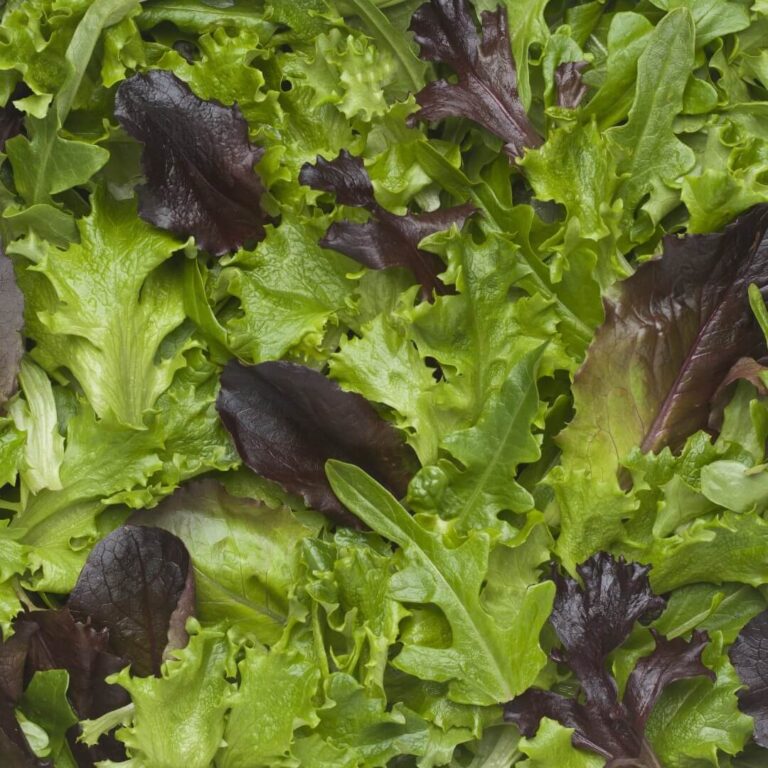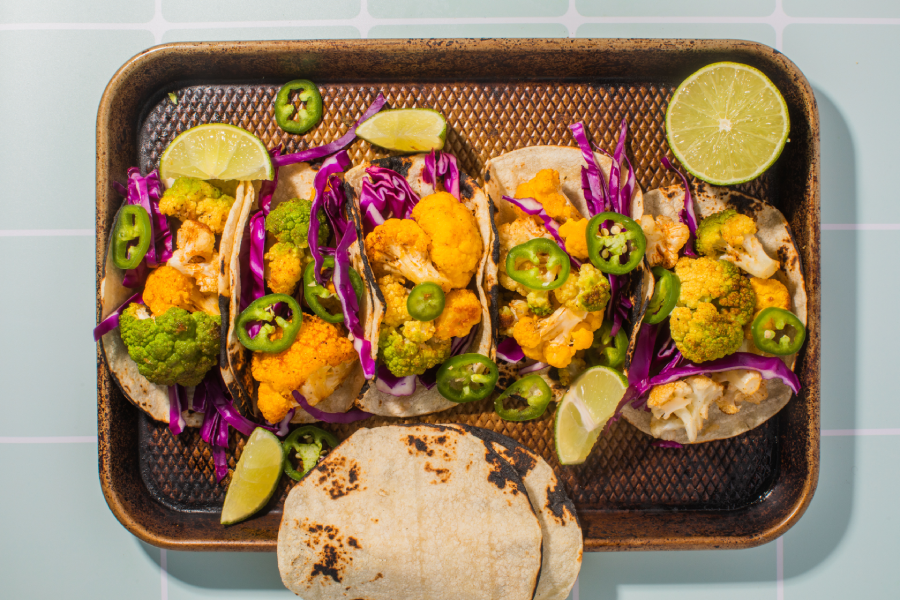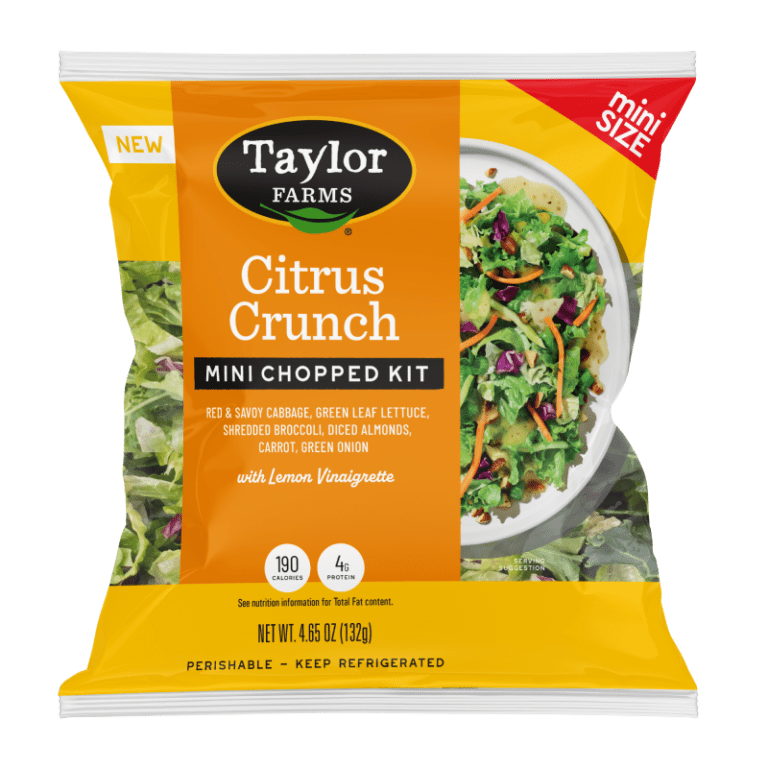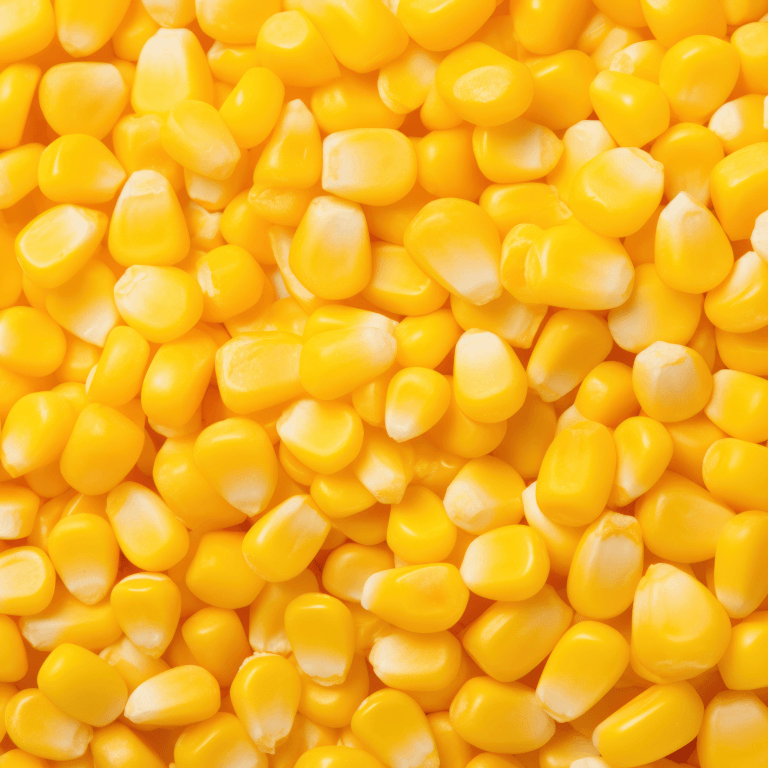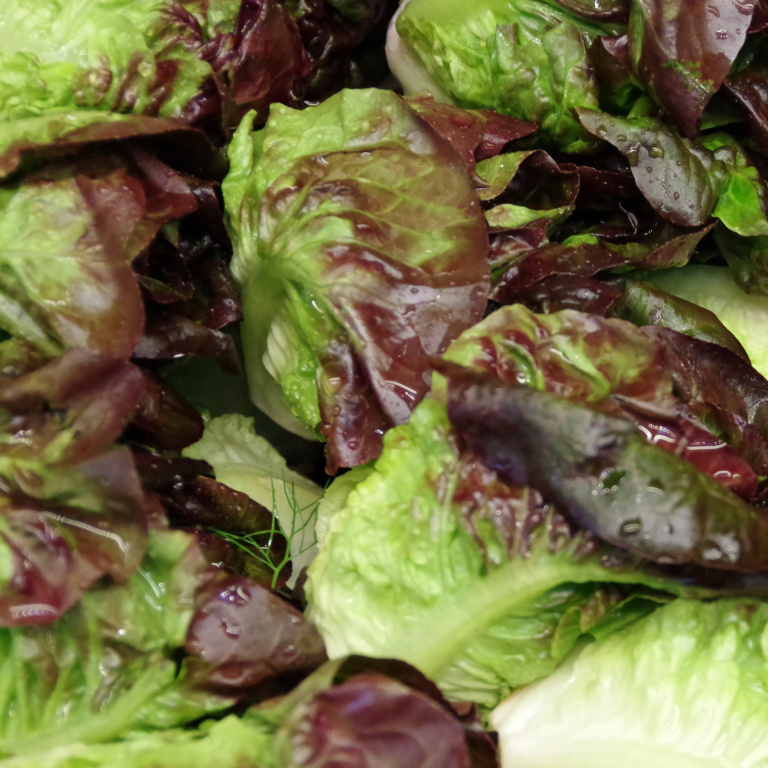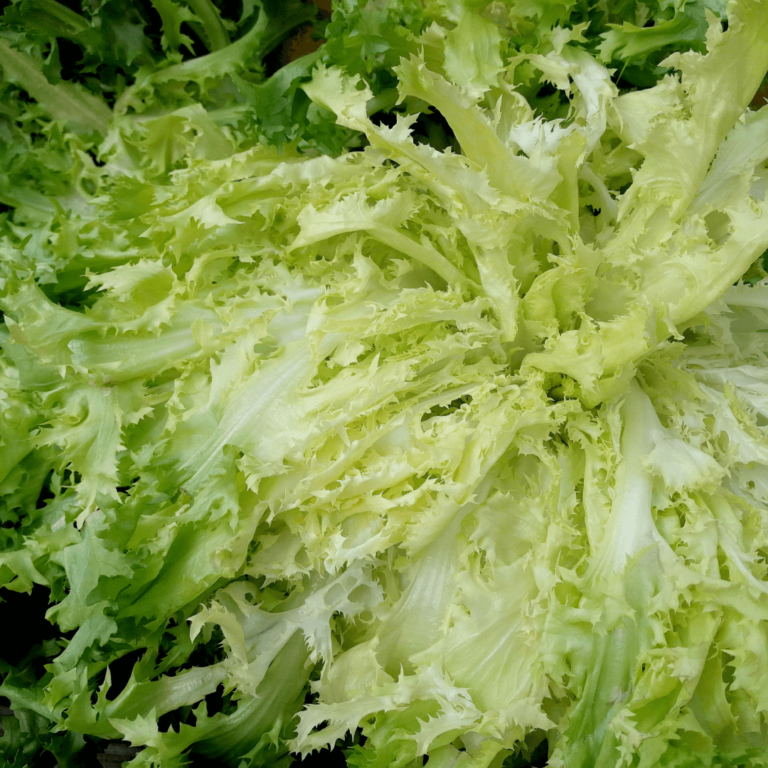Green Leaf Lettuce at a Glance
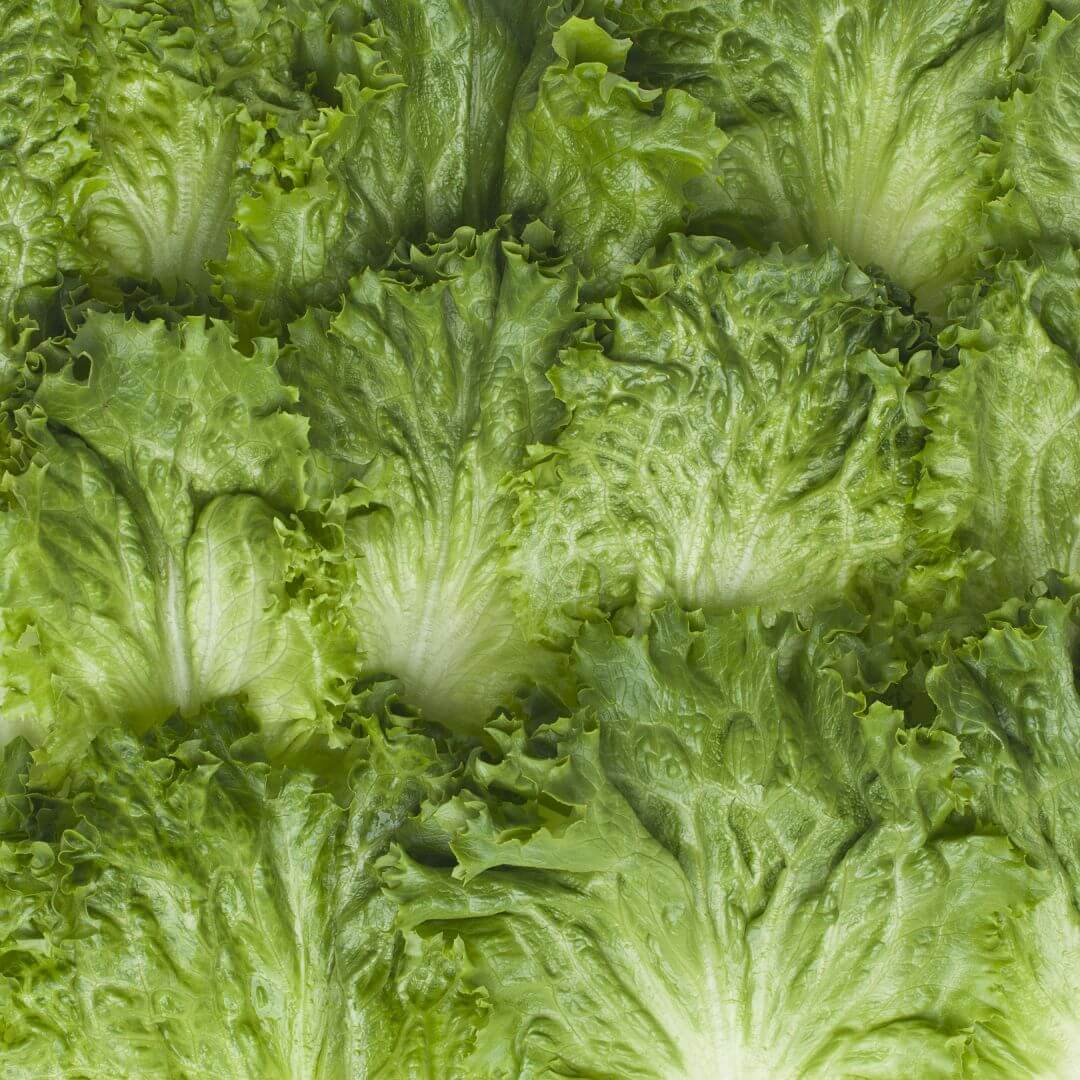
Scientific Name: Lactuca sativa var. crispa
Family: Asteraceae
In season: Spring and early summer, but often available year-round
Varieties: While “green leaf” is its own variety, there are numerous cultivars with slight differences in taste and texture
Great for: Salads, wraps, sandwiches, and garnishes
Green Leaf Lettuce Nutrition
Vitamin A
Vitamin K
5 Calories
Common Questions about Green Leaf Lettuce
When enjoyed raw, green leaf lettuce brings a refreshingly mild taste to the palate. Its natural flavor can be described as subtly sweet with a hint of earthiness. Unlike some other greens, green leaf lettuce has no strong or peppery undertone, making it an ideal base for salads where it can seamlessly blend with other ingredients. Its light crispness gives a satisfying crunch that adds a bit of textural dimension to every bite, while the gentle taste ensures that it complements rather than overshadows accompanying ingredients—whether fruits, vegetables, or dressings.
Cooking green leaf lettuce unlocks a different flavor profile. When subjected to heat, the lettuce’s slight sweetness becomes a little more pronounced. Its texture transforms from crisp to tender and wilted, somewhat akin to lightly cooked spinach. Depending on the cooking method—whether sautéed, braised, or added to soups—the lettuce can absorb the flavors of the dish while adding a touch of its own green, leafy essence. While cooking might mute its crunch, it offers a delicate, buttery tenderness that can be a delightful change from the usual raw preparation.
Growing green leaf lettuce
Determining green leaf lettuce’s readiness for harvest generally hinges on its size and appearance. Typically, green leaf lettuce is ready to pick when its leaves have fanned out, and the plant has reached a mature diameter of about 6 to 12 inches. The leaves should look full and robust with a rich green color. If you’re looking for baby greens or smaller, more tender leaves, you can elect to harvest earlier when the leaves are about 4 inches tall.
Purchased green leaf lettuce
Fresh green leaf lettuce should have crisp, full leaves free from any wilted, slimy, or brown edges. It’s also important to inspect the base of the lettuce and ensure it isn’t yellow or overly soft, as these can be signs of age or improper storage. The leaves should snap cleanly when bent, indicating overall freshness and moisture content.
Storing green leaf lettuce properly is essential for maintaining its freshness. First, avoid washing the lettuce until you’re ready to use it, as moisture can accelerate spoilage. If the lettuce is wet from the store, gently pat it dry with a paper towel. For the best storage, loosely wrap the green leaf lettuce in a damp paper towel. Then, place it inside a plastic bag, removing as much air as possible before sealing. This approach helps maintain the right level of humidity for the lettuce. Store the wrapped lettuce in the vegetable crisper drawer of your refrigerator, where it can remain fresh for about one to two weeks. Regularly check the lettuce and remove any leaves that show signs of wilting or browning to prevent them from affecting the remaining healthy leaves.
Yes, but it’s important to understand that the texture will change upon thawing. Freezing will break down the cell walls of the lettuce, making it lose its crispness. This means that while you won’t want to use previously frozen lettuce in a fresh salad, it can still be suitable for cooked dishes like soups or stir-fries.
To freeze green leaf lettuce, first wash and dry the leaves thoroughly. Depending on your preference, you can then chop or leave the lettuce leaves whole. Spread the leaves on a baking sheet to pre-freeze them individually, preventing them from clumping together. Once they’re frozen solid, transfer the leaves to a freezer bag, squeezing out as much air as possible before sealing. When properly stored, frozen green leaf lettuce can last for 10-12 months in the freezer.
Green leaf lettuce is a cool-season crop that thrives in temperate climates. It’s commonly cultivated in regions with mild temperatures and consistent moisture, such as the Salinas Valley in California, which is often dubbed the “Salad Bowl of the World.” However, with the right care, green leaf lettuce can be grown in various locations, from backyard gardens to commercial farms across various continents. It’s also a popular choice for indoor and hydroponic growing systems where the outdoor conditions aren’t as accommodating.
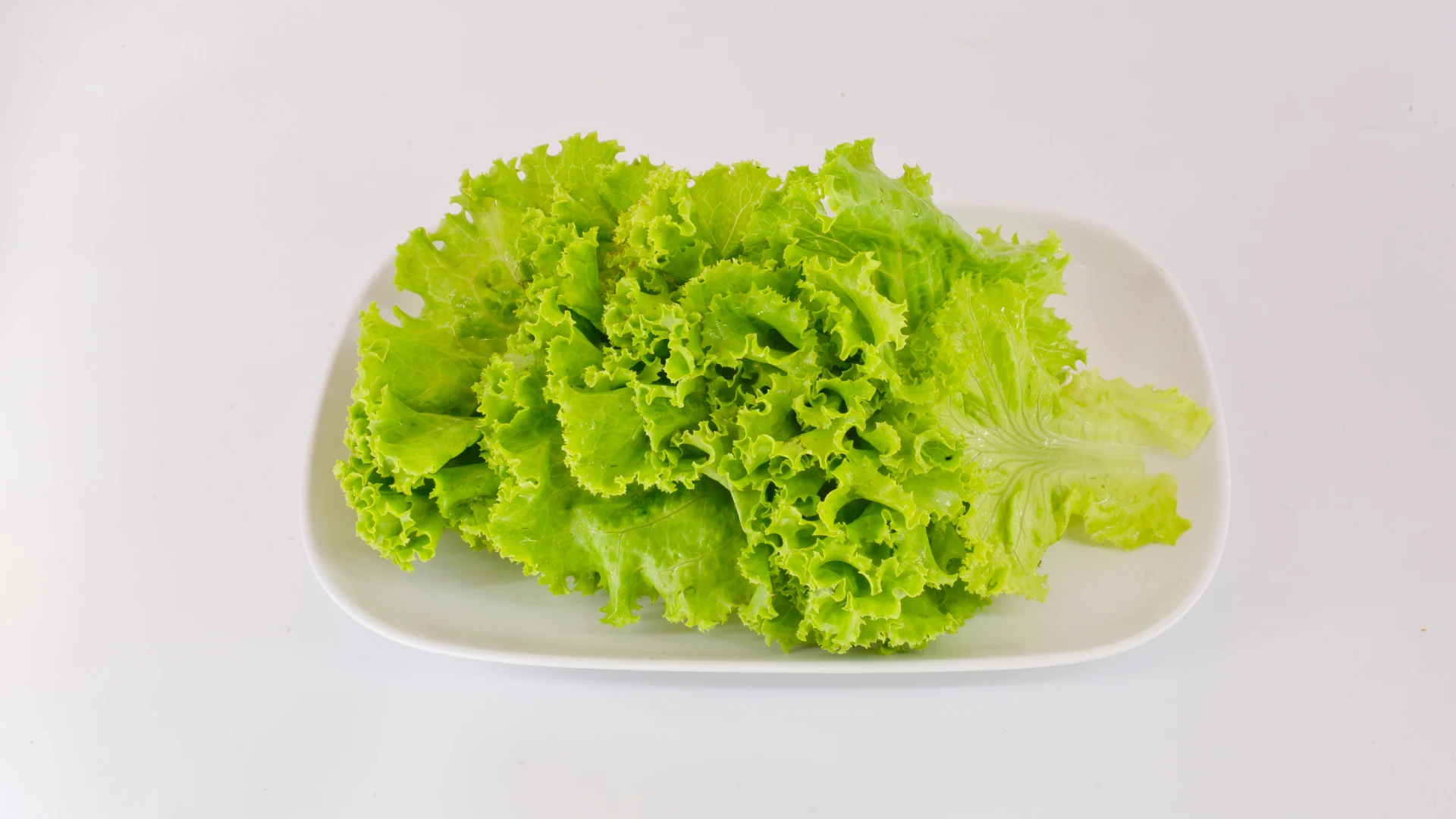
How to cook & serve green leaf lettuce
Green leaf lettuce is typically the base of raw salads, but it can also be an unexpected delight when cooked, introducing a new texture and depth of flavor. Here’s how you can cook it and what to pair it with:
Sautéed: Lightly sautéing green leaf lettuce with a touch of garlic and olive oil can bring out a delightful buttery tenderness. It pairs well with grilled proteins like chicken or fish, and you can also sprinkle some toasted nuts for an added crunch.
Braised: Braising the lettuce in a light broth or with a splash of white wine can render it supremely soft, offering an excellent side for dishes like roast pork or lamb. Incorporating herbs such as thyme or rosemary can infuse some additional flavors.
Soups: Chopped green leaf lettuce can be added to soups during the last few minutes of cooking. Its gentle flavor complements broths, especially those with chicken, beans, or even noodles.
Stir-Fries: Green leaf lettuce can be tossed into a stir-fry just before it’s finished cooking. The leaves will wilt slightly, adding a different texture that complements the medley of vegetables and meats.
Serve cooked green leaf lettuce with a drizzle of lemon juice or a sprinkle of parmesan to elevate its flavor. Whether going for a full meal or a side, green leaf lettuce’s adaptability can pleasantly surprise many palates.
